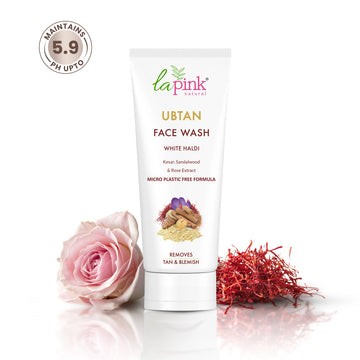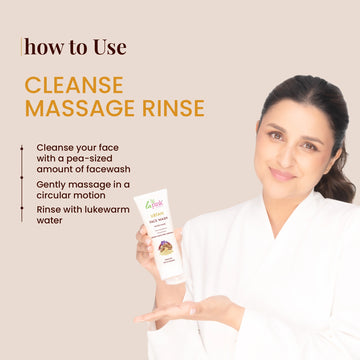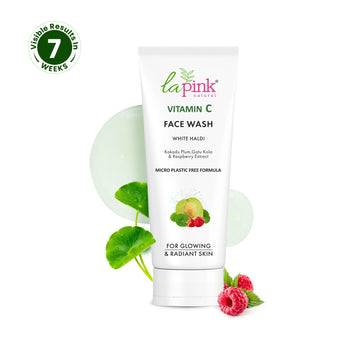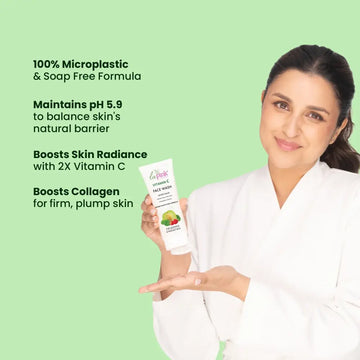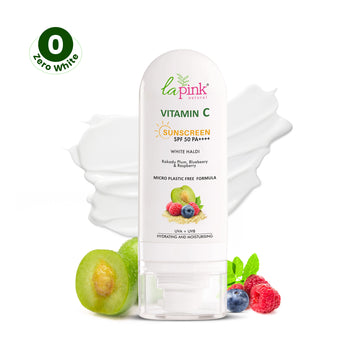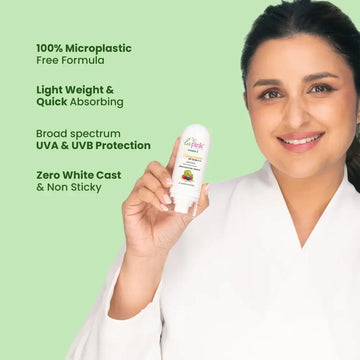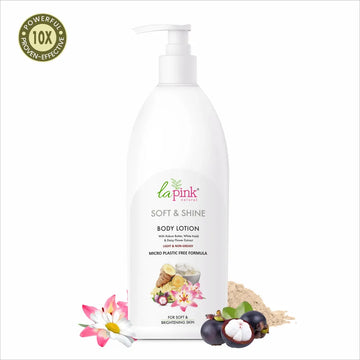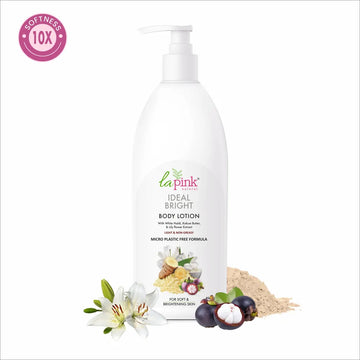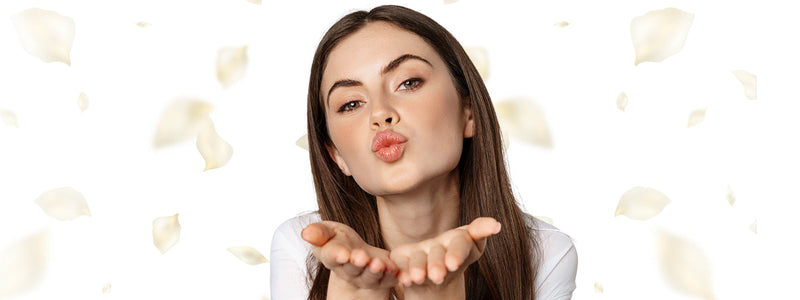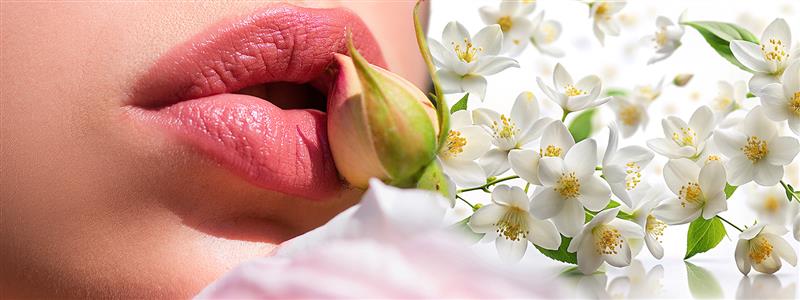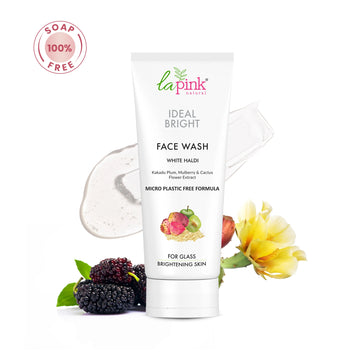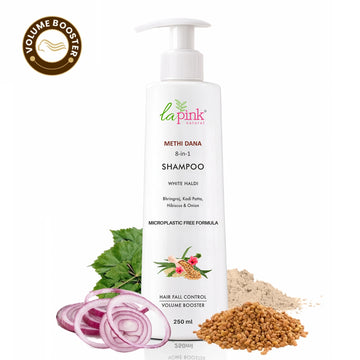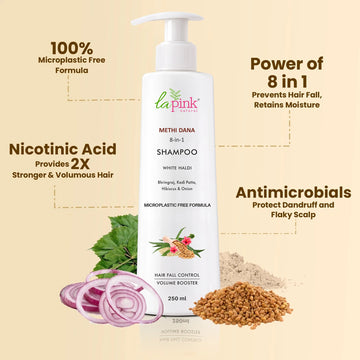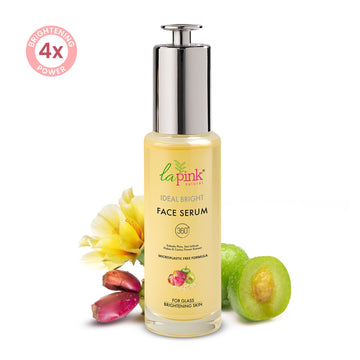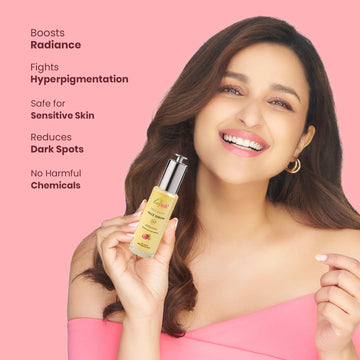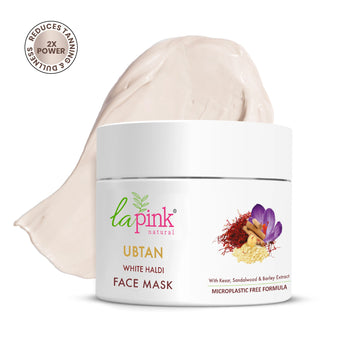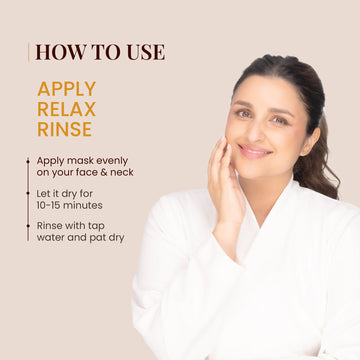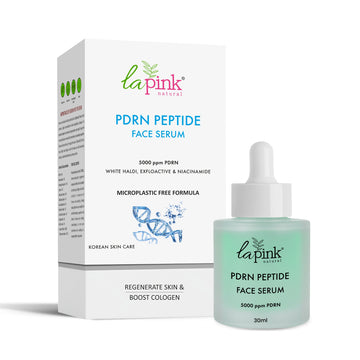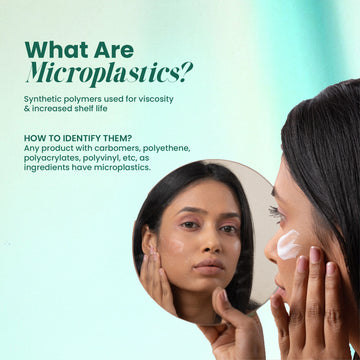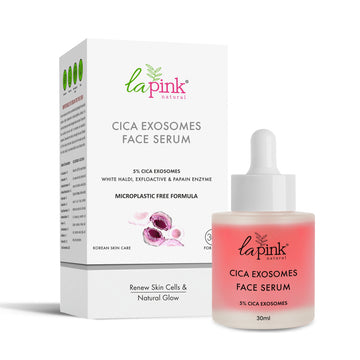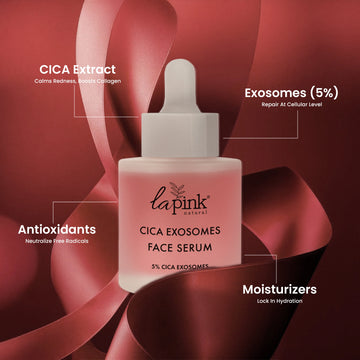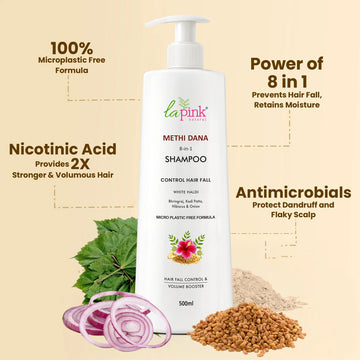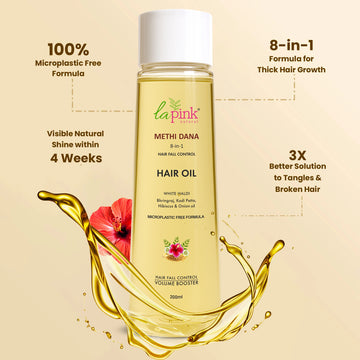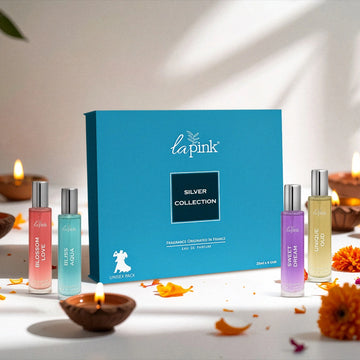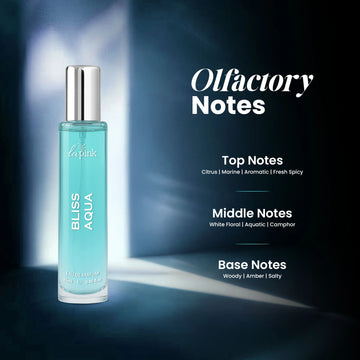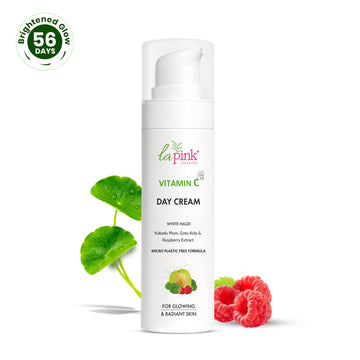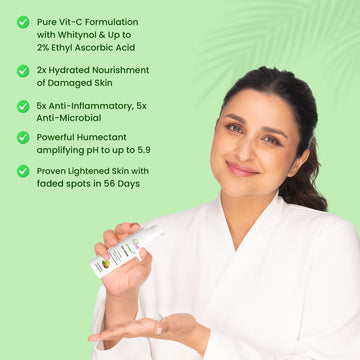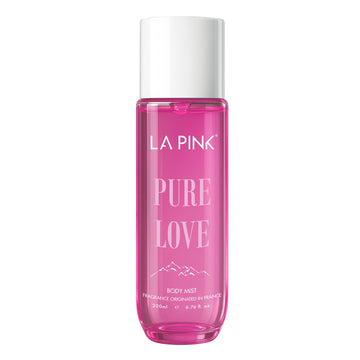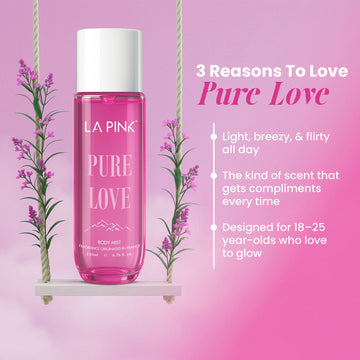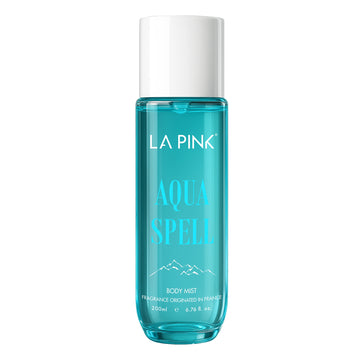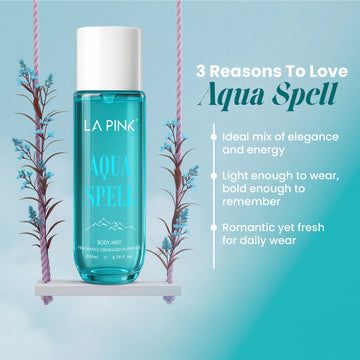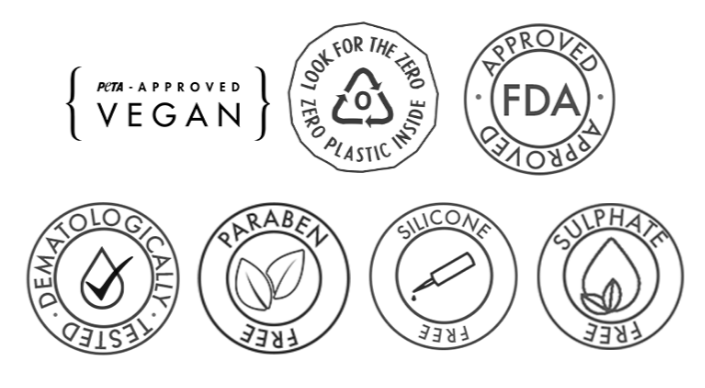How Is Sodium Lauroyl Sarcosinate Used in Skincare?
1. Facial Cleansers
Typical Usage: 0.5% – 5%
Used as a primary or secondary surfactant to clean the skin without removing natural oils. Generally paired with milder surfactants such as Cocamidopropyl Betaine for a balanced, mild formula.
2. Cleansing Gels and Foaming Washes
Typical Usage: 1% – 10%
Delivers light to moderate foaming and efficient oil/dirt removal. More concentrated levels can be utilized for oily skin types or focused deep-cleansing products.
3. Micellar Waters & Makeup Removers
Typical Use: 0.1% – 1%
Applied at very low levels to assist in washing off makeup and dirt without rinsing. Suggested for sensitive skin and leave-on products.
4. Body Washes & Shower Gels
Typical Use: 3% – 15%
Helps to provide creamy lather and clean without being as harsh as classical sulfates. Frequently used as a mixture with other surfactants to enhance rinse-off and minimize irritation.
5. Shampoos
Typical Use: 2% – 15%
Serves as a secondary surfactant for gentle foaming, and reduces scalp irritation. Frequently used in sulfate-free or sensitive scalp shampoos.
Why is Sodium Lauroyl Sarcosinate Popular Among Beauty Formulators?
- Gentle but Powerful: Offers comprehensive cleansing appropriate for sensitive and acne skin without irritation.
- Mild Foaming Agent: Produces a rich, enjoyable lather that is luxurious but mild to the skin.
- Excellent Compatibility: Works well in combination with other surfactants, enabling formulators to achieve the balance between cleansing and mildness.
- pH Stability: Stable and active over a broad range of pH levels, maintaining product performance.
- Eco-Friendly: Biodegradable and more environmentally friendly, fulfilling consumer demand for sustainable products.
- Moisture-Friendly: Less stripping than conventional sulfates, promoting hydration and skin barrier integrity.
- Versatility: Incorporated in a wide range of products such as facial cleansers, shampoos, and toothpaste.
- Low Irritation Risk: Lowers the risk of causing skin sensitivity, thereby making products safe for sensitive types of skin.
Potential Benefits of Sodium Lauroyl Sarcosinate
1. Gentle on Sensitive and Acne-Prone Skin
In contrast to more aggressive surfactants such as Sodium Lauryl Sulfate (SLS), Sodium Lauroyl Sarcosinate cleans effectively without provoking irritation, dryness, or reddening. This renders it particularly ideal for sensitive, acne, or impaired skin types that need non-abrasive formulations.
2. Effective Non-Stripping Cleanser
It cleanses thoroughly of dirt, oil, and makeup without stripping the skin of its natural moisture barrier. This keeps the skin clean but not tight or dry, minimizing the likelihood of post-cleansing irritation or rebound oiliness.
3. Mild Foaming Action
Sodium Lauroyl Sarcosinate provides a gentle, rich lather that provides user comfort without over-foaming. This makes it suitable for cleansing facial products and shampoos where one would want a rich feel but not at the same time sacrificing skin health.
4. Maintains Product Stability Regardless of pH Level
It is still effective and stable in a broad pH range (particularly at 5–7), which is near the skin's natural pH. This helps to provide a balanced acid mantle, enhancing overall skin resilience and preventing the likelihood of imbalance issues such as breakouts or irritation.
5. Compatible with Other Surfactants
It is also compatible with other cleansing agents and has the ability to balance foaming, cleansing, and gentleness. This makes it a useful ingredient in products formulated for sensitive or mature skin, where cleanliness and moisturization must be carefully balanced.
6. Biodegradable and Eco-Friendly
As a naturally occurring, biodegradable surfactant, it complies with clean beauty principles and is less toxic to aquatic life than surfactants based on petrochemicals. It enhances brands working towards greener, more environmentally friendly skincare products.
Possible Downsides of Sodium Lauroyl Sarcosinate
1. Mild Irritation Potential
While milder than most surfactants, it is still a potential irritant to individuals with highly sensitive skin, particularly in high usage concentrations or in repeated applications, resulting in dryness, redness, or a sense of discomfort on the skin.
2. Not Fully Sulfate-Free Substitute
Though promoted as a sulfate substitute, it works in much the same way as anionic surfactants. For individuals completely avoiding all foaming agents or seeking genuinely soap-free products, it might not comply with hard "no surfactant" requirements.
3. May Be Drying in Overuse
In excessively foamy or highly concentrated products, it can compromise the skin's lipid barrier, particularly in dry or aging skin types, resulting in loss of moisture unless balanced with moisturizing agents such as glycerin or ceramides.
4. Incompatibility with Certain Actives
It can have poor compatibility with some skincare actives such as acids or enzymes, which can destabilize formulations or have a negative impact on their effectiveness. This can restrict its application in more advanced or treatment products.
5. Environmental Sourcing Issues
While biodegradable, production tends to rely on coconut or palm oil, potentially raising concerns about sustainability based on source. Ethically conscious consumers might look for verified sustainable or RSPO-certified alternatives.
Do You Know?
Sodium Lauroyl Sarcosinate isn't merely a soft cleanse it also unlocks natural antimicrobial properties to inhibit bacterial growth on the skin for clearer, healthier-looking skin. Its gentle composition makes it safe and non-irritating for delicate skin, such as the area around the eyes, which is why it's commonly incorporated into facial washes and shampoos for sensitive skin. Its special amino acid-based structure also provides a reduction of static and frizzing in hair, enhancing manageability and luster. These unique properties make it a very valuable and versatile ingredient for skincare and haircare products.
